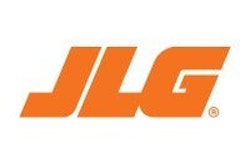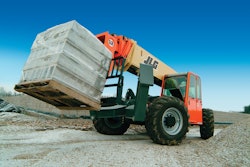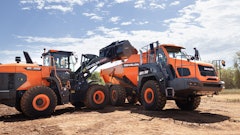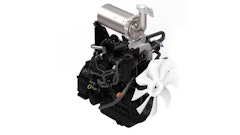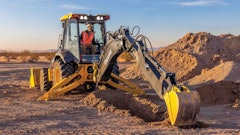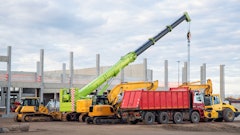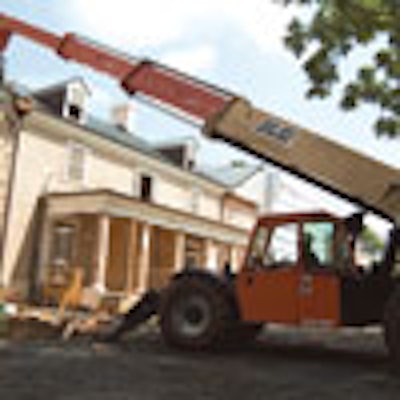
Located in Montpelier, VA, the mansion once owned by James Madison, the fourth president of the United States, passed through several owners after it was sold by the Madison family in 1844. In 1984, it was given to the National Trust for Historic Preservation, which decided to restore the property to its original condition at the time of Madison’s retirement.
Extensive archeological and architectural studies of the property were conducted during 2001 and 2002. These studies included 228 subsurface investigations and incorporated an additional 67 excavations previously conducted. By the Spring of 2004, the preliminary surveys had been completed and sufficient funds had been collected to start the restoration.
The job entailed removing the additions to the house and the reversal of other changes made to it by previous owners. For example, sometime in the late 1850s, the brick exterior of the mansion was covered in stucco and scored so that it appeared to be constructed from large stone blocks. Part of the restoration involved removing the stucco and exposing the original brick finish.
Overall, the mansion was to be reduced from 55 rooms to the original 22 rooms from Madison’s day. The project required each component to be carefully removed, with salvaged material either used in the restoration or sold to offset the deconstruction costs.
Kent Higginbotham formed Synchronized Construction Services specifically to perform the deconstruction work. The crew, which numbered 20 during peak work, used various equipment, including a Komatsu excavator, a Caterpillar backhoe, a Deere skid steer and a new JLG Model G12-55A telehandler.
The 140-hp JLG Model G12-55A has a 12,000-lb. lifting capacity and a 55-ft. lift height, plus standard four-wheel drive with four-wheel steering. These features proved especially important for disassembling the chimneys. Chimney bricks were removed one by one and placed in a special hopper built onto the telehandler forks.
Because of the artifacts buried around the ground of the home, it was necessary to minimize ground pressure to protect them. As an added precaution, a geotech fabric with crushed gravel on top was laid down where the machine was to travel. Once the ground was prepared, the operator used the telehandler’s crab steering capability to move it into place. Despite the protective layer, the telehandler was not required to move too close to the house since it was able to hold up to 3,000 lbs. at its full 42-ft. reach.
Concrete barriers, used to protect delicate sites and support fragile walls, also had to be positioned. The barriers measured roughly 2 ft. wide by 3 ft. high by 3 ft. long and weighed about 3,000 lbs. each. They had to be picked up, stacked and placed to create temporary retaining walls and to protect archeological sites. Equipment couldn’t be driven into these areas, so the construction crew relied on the telehandler’s reach to pick and place the blocks. The four-wheel steering was a bonus in these areas since the machine could be manipulated without the tires digging into the sensitive turf.
The project began in early April of 2004 and was essentially completed by June. The telehandler proved to be a key piece of equipment in maintaining the job’s progress. “It was a bit of a surprise to me that a telehandler would be so critical to the job’s success, but the JLG machine’s capabilities made it the vital contributor,” says Higginbotham.




